
Lisbon ended up being fantastic. We spent three full days exploring the different areas of this capital city and taking it all in – the colors, the odors, its unique Manueline style of architecture, the people and the sites, old and new. It is definitely a city that has preserved the charm of things gone by and one we found to be unique and charming.
We arrived in Lisbon from yet another overnight train to bright blue skies, a beautiful sunrise and a nice cool temperature. As soon as we got our usual information from the tourist office, we started our walk to find a place to stay but were stopped when an old lady at the train station confronted us. She had a brochure on a hotel that she said was 10 minutes from the city centre, would only cost us 35 Euros for a double and on top of that she would pay for our taxi to get there. Still half asleep and not really feeling like walking the streets, it sounded like a killer deal so we hopped into the taxi and were excited at the thought of taking a shower and waking up before doing some exploring. Everything was going well until the taxi driver kept driving and driving and driving. He was weaving in and out of small alleys, up steep hills, through parks and what seemed like 20 minutes in the taxi, we finally reached our destination. Suffice to say I was not happy. As much as Chris and I love walking and have become accustomed to it now, walking 35 to 40 minutes everyday to get to the city center and back to the hotel is just ridiculous and especially when you only have three days in a city. So we got out of the taxi, didn’t even bother to see the room and started the LONG haul back to the city centre.
Now if there’s one complaint we have about Lisbon, it would have to be their crummy tourist maps. The map was no help at all. It barely had any street names on it and it seemed like every street we thought we were going down ended up being a different street by the time we walked to the end of it. Finally after a good two hours of weaving through streets and walking up and then down hills (Lisbon is definitely not a FLAT city…they love their steep hills and stairs), we found the pension we were looking for that was listed in the Lonely Planet, Imperial Pension. From the outside, the pension does not look that “royal” at all but the rooms themselves were clean and large and the location could not be beat right in the heart of the city center (in Praca Restaurados). We quickly grabbed a double room with a shower and shared toilet for an amazing 25 Euros (one of the cheapest accommodations we have stayed in thus far in Europe). Even though there are seven steep flights of stairs that never seem to end (especially when you are carrying your bags up them), this is definitely a place we would recommend to anyone visiting Lisbon on a budget.
Our three days in Lisbon flew by and our days were filled with not only sightseeing but lots of time spent wandering the streets, people watching or should I say locals watching (its true what they say about the old Portuguese men, boy are they ever grumpy) and enjoying the fantastic FOOD and DESSERTS that the Portuguese have to offer. We ate like royalty while we stayed in Lisbon as the food was always served in large portions and was very cheap. On average, our dinners would end up being no more than 16 Euros which included two main dishes, alcohol, dessert and coffee/tea – now that’s what I call a deal. And, oh, how can I forget the custard tarts!! Portugal is known for its custard tarts and boy are they right when they say they make the best compared to anywhere else….custard, cinnamon and icing sugar, how could that go wrong??
Well, we saw as much as we could, enjoyed all Lisbon had to offer and really didn’t want to leave by the end of it all. I don’t know how to explain it but there is something about Lisbon and the Portuguese that is just “different”, perhaps even magical to make tourists want to stay there for longer periods of time and to keep them coming back over and over.
To explain everything we saw here would be crazy considering I found it very hard to pick just a “few” pics for Portugal. No matter how many times I went back and tried to cut some out a second, third and even fourth time, I still ended up with a “few too many” as Chris likes to put it. So here it is for all of you who love looking at the pics, a total of 77 pics. Enjoy.
ROSSIO
Rossio is the word used by Lisboetas for the Praca Dom Pedro IV, a very large square that forms the heart of Lisbon and the focal point of the lower city. It is here where you can find the souvenir shops, small cafes, and flower stands; it is where the locals, tourists and pigeons seem to stop, converse, meet one another or catch a bus. Whatever the case, this is the center of Lisbon and where all the action can be found. You can easily spend an afternoon here sitting outside sipping a coffee at the many historic cafes while watching the world pass you by.

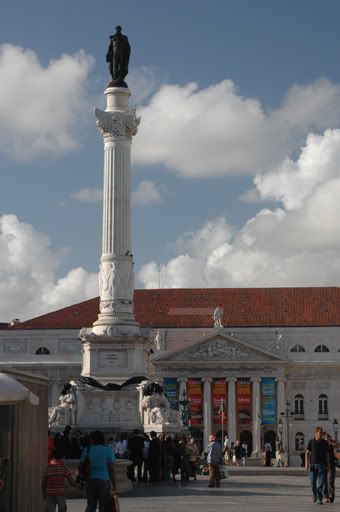
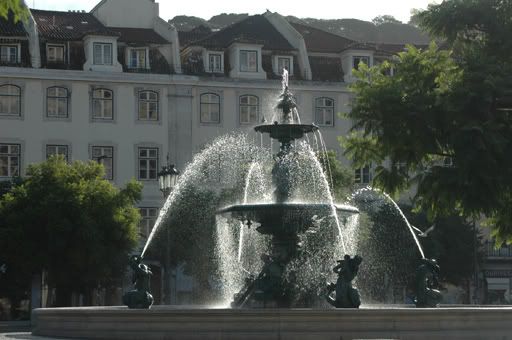
The Praca Dom Pedro IV is not the only square that occupies the Rossio area. The Praca da Figuera, the church of Sao Domingos, the Praca dos Restauradores and the Parque Edoardo VII are some of the other major landmarks that are included in this area.


BAIXA
Baixa is the lower part of town on the banks of the Tagus River located between the Rossio and the famous Praco do Comercio. It is the economic, business and monumental district, the place where contrasts between the neighboring older quarters are most evident. It is here where you can find the all famous Rua Augusta, the most famous and busiest street in the lower part of town for it is lined with many shops, cafes and restaurants with jugglers, vendors selling jewelry and lottery tickets (a national passion which is very evident) and street artists. It is a pedestrian zone paved with mosaics and is very busy during the day but at night, this area seems to become deserted. Everything in the Baixa area seems to close at 7pm and not even the bars and restaurants stay open past 10pm. This is the district for trade and commerce and to see Lisbon by night, one must go to the Barrio Alto and the Alcantara areas of the city.

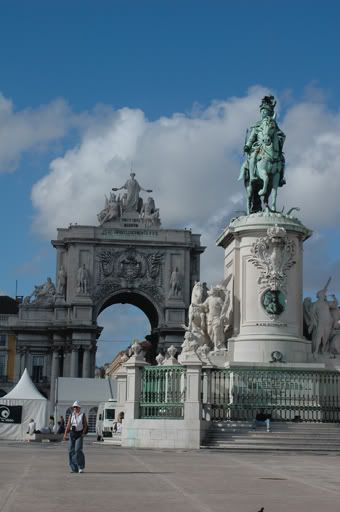

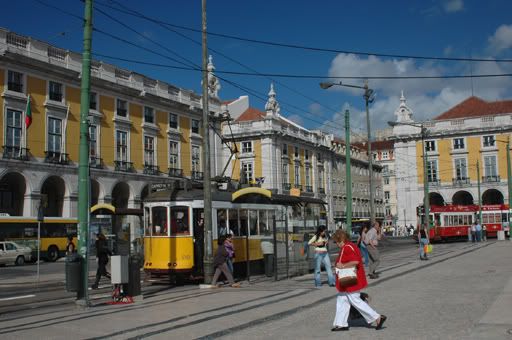

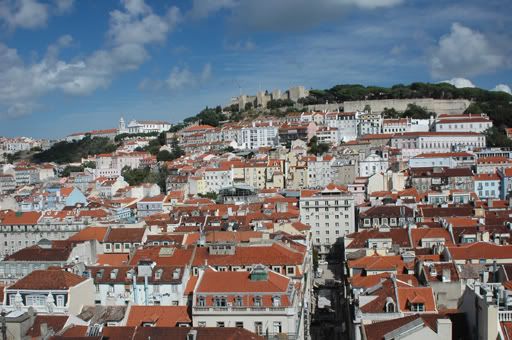
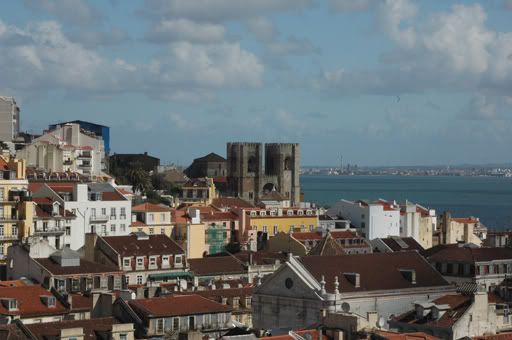


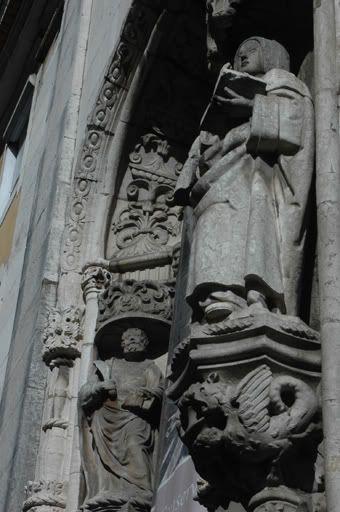
ALFAMA
The Alfama or Arab Al-hama (Hot Spring) is the oldest, most picturesque and fascinating quarter of Lisbon. The area is characterized by the Castle, the Cathedral, the narrow lanes paved with pebbles, tiny alleys, steps, arches, courtyards and small squares. The houses seem to shoulder one another, deteriorating, with crumbling walls and chipped tile work and with wrought iron balconies where you can find the lazy pet lounging in the sun, the laundry hanging out to dry and flowers growing in tin cans. The Alfama is one of the poorest quarters and the people that live here are the fishermen, pensioners, artisans and immigrants surviving from one day to the next. Despite this melancholy, the people here seem to be gentle, amiable and ready to help a tourist. We spent a full afternoon walking through this area, not knowing where we were going but just finding our way to the next sight or delightful surprise.

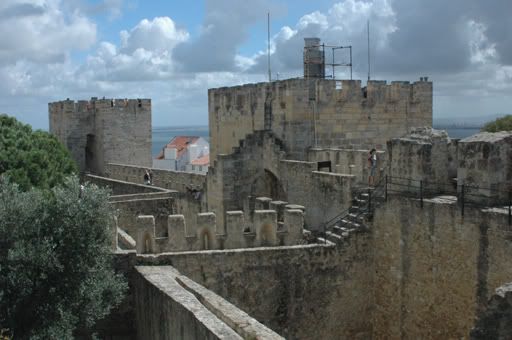
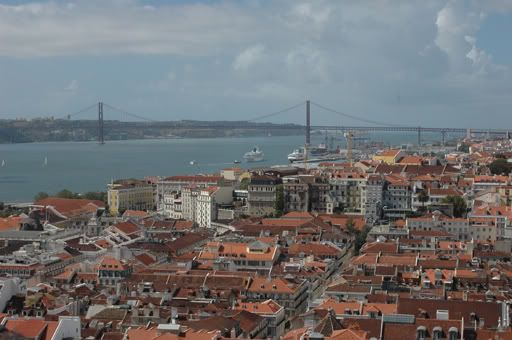
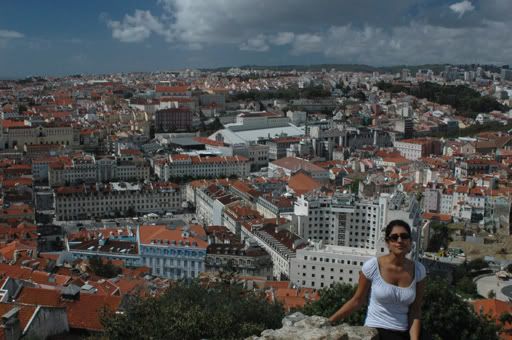
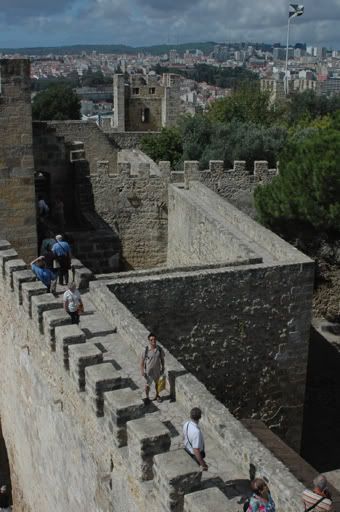
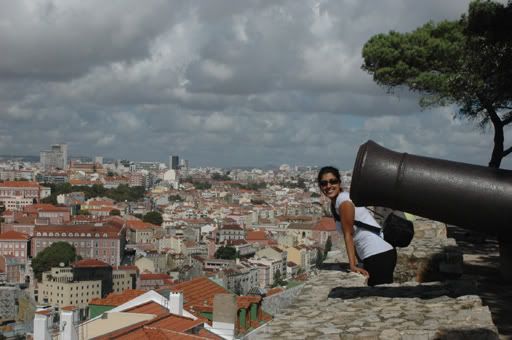
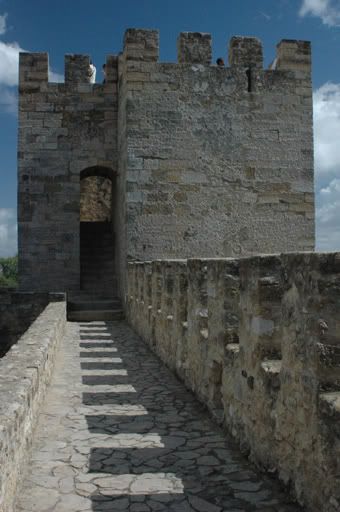
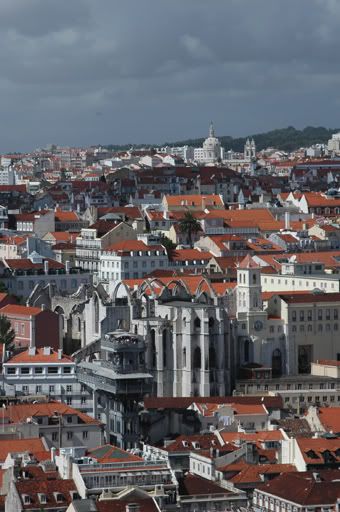

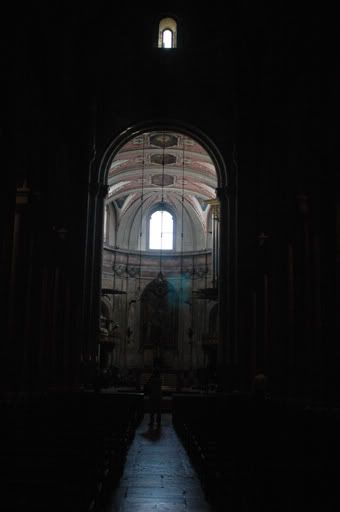
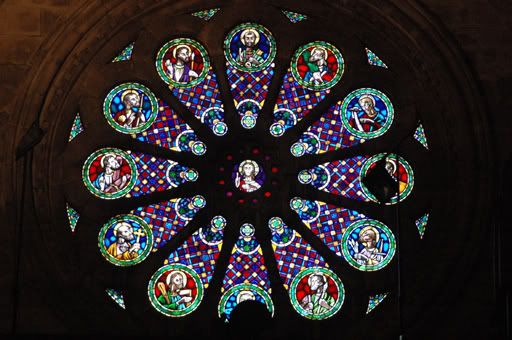
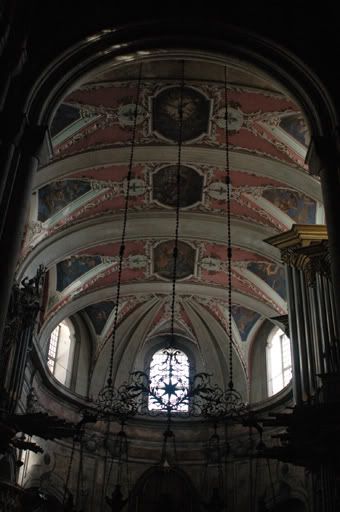


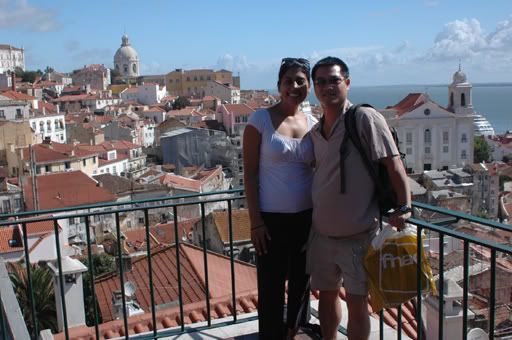

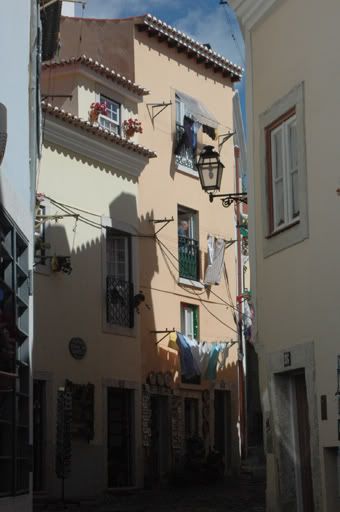
CHIADO
Chiado is located on a slope and is the district between the Baixa and the Barrio Alto and acts as a crossway between the upper and lower cities and between trade and culture. Chiado is an aristocratic and elegant quarter, with the famous pedestrian ruas in Lisbon, antique shops, cafes and old bookstores. It is here where one can find the ruins of the Church of Carmo, one of the most heartbreaking sights of Lisbon.

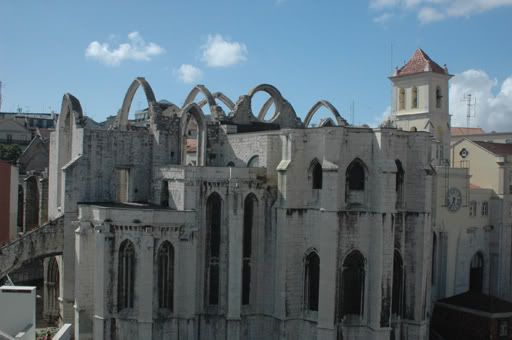
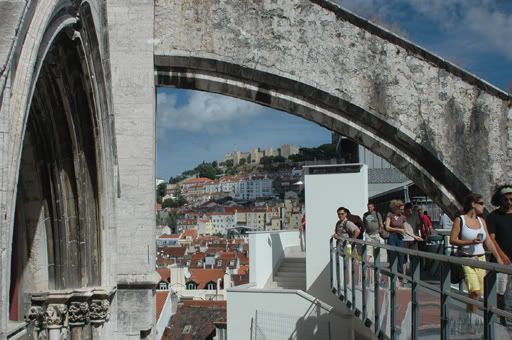
BARRIO ALTO
Barrio Alto also known as the upper city is on the hillside and quite the climb up. It is the highest quarter of Lisbon with lanes, narrow streets at right angles to each other and the ruins of houses, clad in azulejos. It is the district of a thousand faces and it is here where life begins after 7pm and lasts until dawn. You can find people strolling the streets, having a beer, enjoying a late night dinner in the streets or listening to fado music (Portuguese soft, melancholy music which is thought to have be sung by depressed sailors on the seas who were missing their families and lives back home). We spent a couple days walking through the many narrow streets here where you can easily get lost.
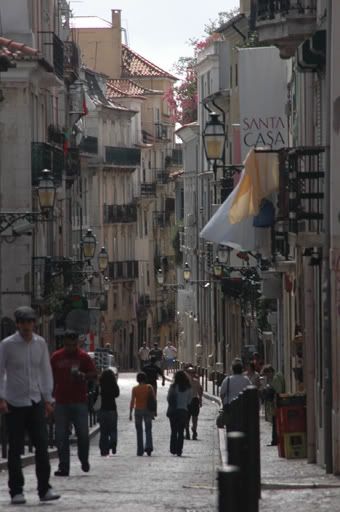

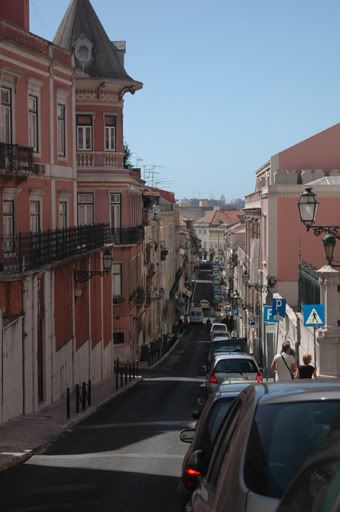
EXPO
The first universal exposition of the 20th century was held in Paris, the last one of this same century was held in Lisbon in 1998 with the theme: “The ocean, a legacy for the future”. The 98 Expo put Lisbon and Portugal back at the center of interest both in Europe and worldwide after a long period of isolation after the terrible earthquake that hit in the 18th century. As a result of the Expo, over an area of 60 hectares in Lisbon were converted into technologically advanced pavilions to house the conventions, cultural and artistic events of the various countries. The city improved its road and railroad connections and also built the Vasco da Gama, another bridge at 17 kilometres. In addition to the many pavilions that were built, many permanent modern buildings were also built to coincide with the makeover of this waterfront area. It was a morning well spent and one that Chris and I thoroughly enjoyed despite the dark and cloudy weather.
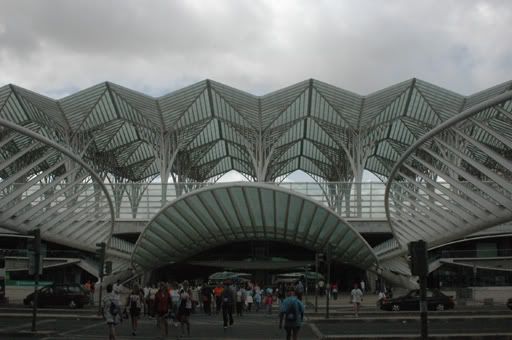


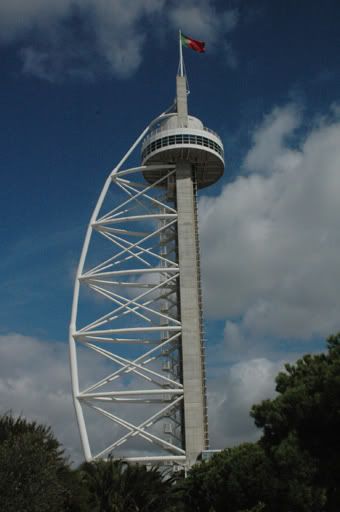

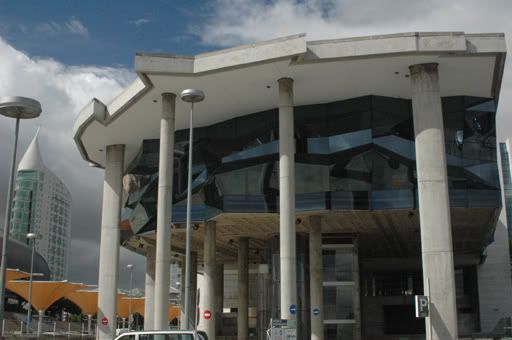
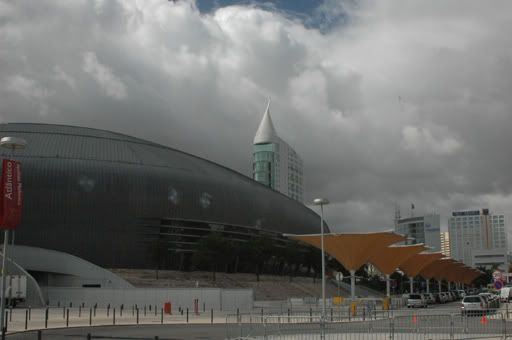
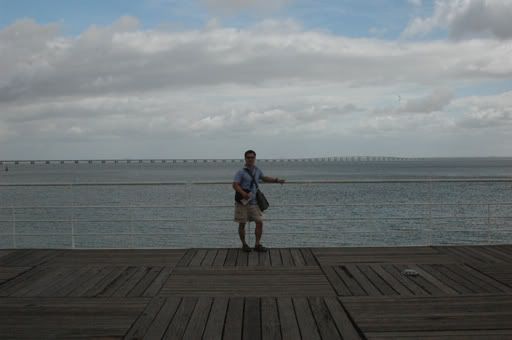
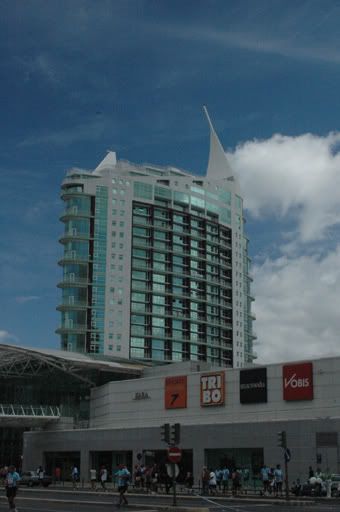
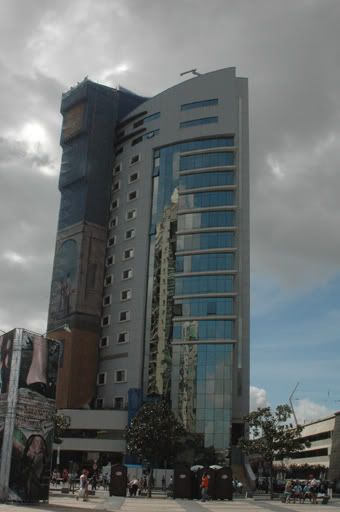



BELEM
We spent our last day in Lisbon, catching a train to a small town 30 minutes from Lisbon, called Belem. Belem is the translation into Portuguese of Bethlehem and it is the monumental quarter of Lisbon. The name comes from a small chapel dedicated to the Madonna of Bethlehem which stood near the old port of Restelo where, according to tradition, Vasco da Gama, one of the most important geographical discoverers prayed with his sailors the night of July 7, 1497 before embarking on a search for a new route. We ventured out to this area to visit the most important and glorious religious complex in Lisbon, the Monastery of Jeronimos; the symbol of military and marine power of Portugal, the Torre de Belem and the monument that was erected for the fifth centennial death of Henry the Navigator, the Padrao dos Descobrimentos. Unfortunately dark clouds and the onslaught of rain stopped us from seeing the Torre de Belem but we did manage to see the outstanding monastery and grab a few quick shots of the monument before making a run back to the tram for some shelter from the cold and rain.


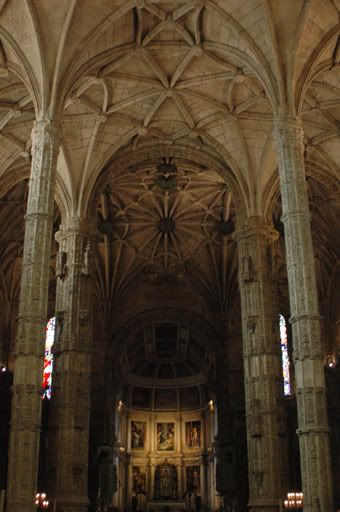
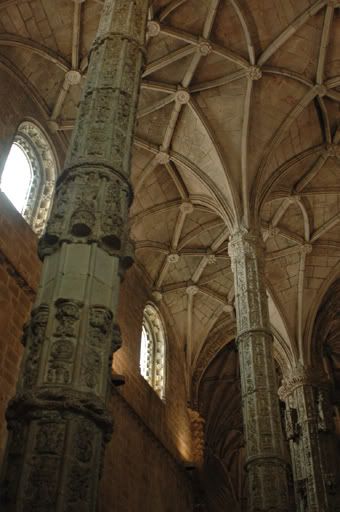
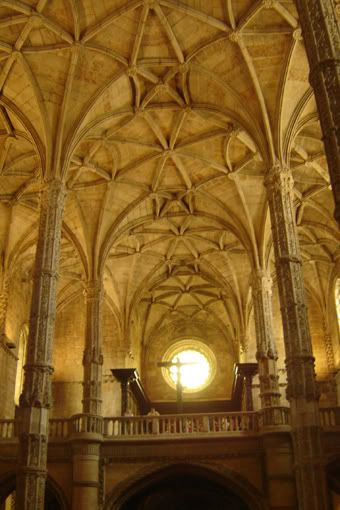

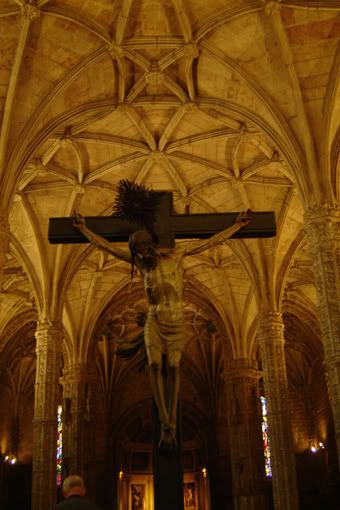
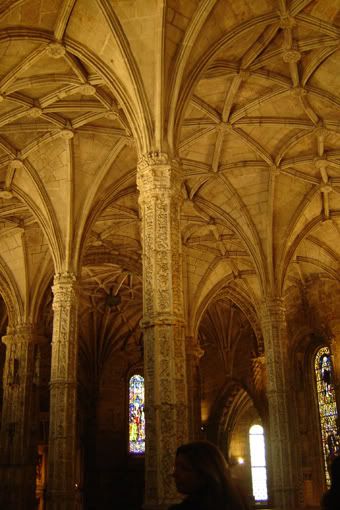
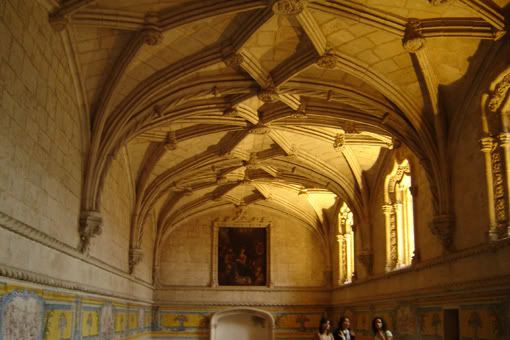
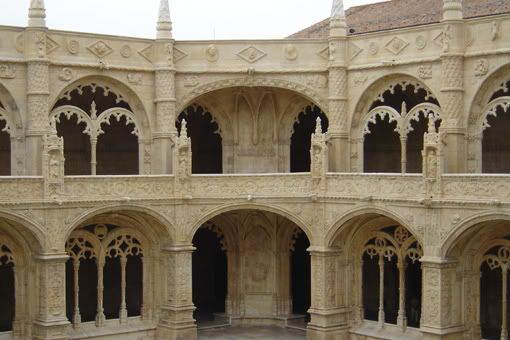
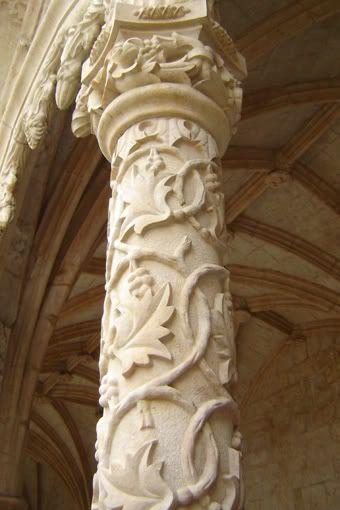
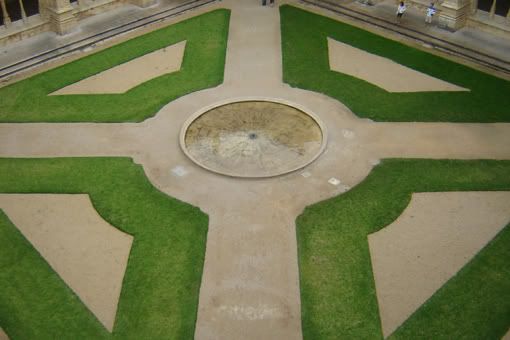
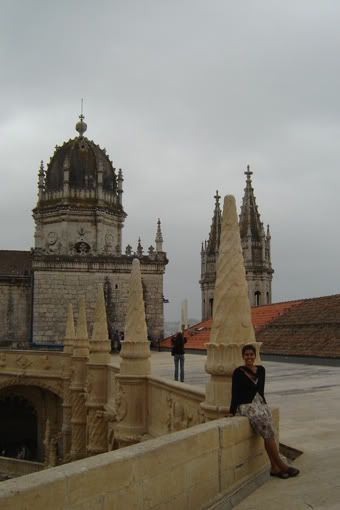
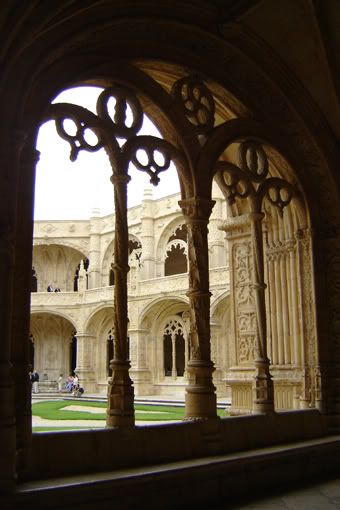

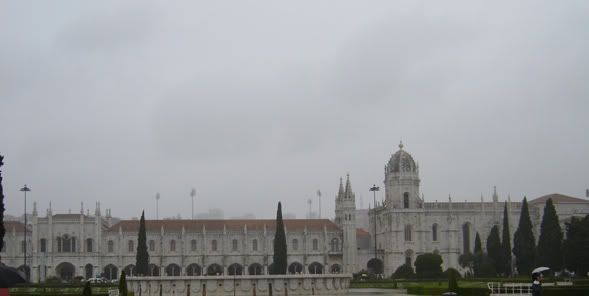


Well, that’s our three days in Lisbon, we hope you all enjoyed it as much as we did and that our visit will possibly make some of you want to come here for a vacation one day with the two of us. Perhaps you too will come here, fall in love with Portugal and be blown away by the majestic feel of it all.
Tomorrow we are back to Madrid in our continued attempt to get some tickets to a Real Madrid soccer match and to go on a day trip to the small town of Cuenca. We’re hoping things start to turn our way when it comes to Madrid and that we will be casting happy faces come tomorrow afternoon.
Ravy the Roamer
3 comments:
I already felt in love with Portugual ;)
Umm... the photos are great and all but I'm just wondering where the heck the MEN are?! I thought you guys were going to help me. I even sent you a picture and description so you knew what to look for. Geeezzz.....
On a little more of serious note, Portugual does look AMAZING and it's too bad that you didn't get to see more.
Oh and hey, what the hell is Chris doing holding a shopping bag in one of the photos? Did he find a Minelli's for me or has he just gone crazy and bought himself something :)
Write soon because I miss you guys!!
Nat
i have 2 questions:
1 - how does an elevator (something that travels vertically) connect two parts of a city (assumed to be horizontally spaced)?, and
2 - the monestary in Belem... didn't they film 'Lord of the Rings' there? i swear that roof is the one i've seen in the dwarf's caves. just a thought.
Hey Derek,
Looks like you are catching up with all the reading, good to see.
To answer your questions:
1) The elevator which yes, is vertical does connect two different areas of the city - the lower and the upper. It's for those lazy people who can't climb the hills or take the stairs.
2) As for the monastery question, don't have a clue!! Watch Lord of the Rings again!!
Ltr dude
Post a Comment